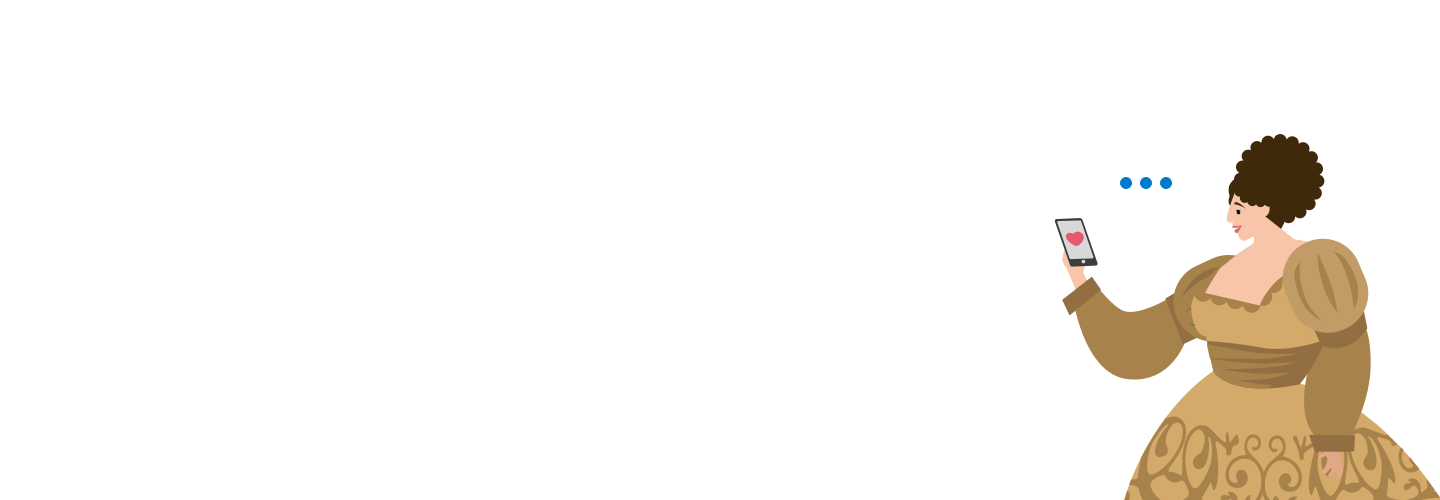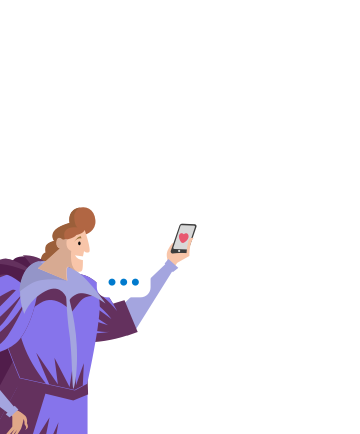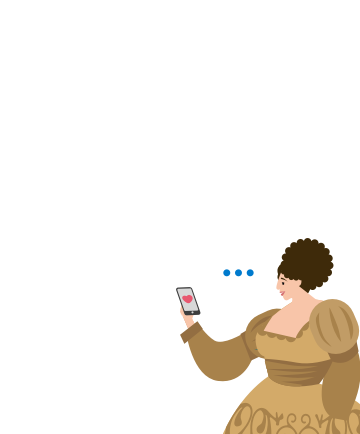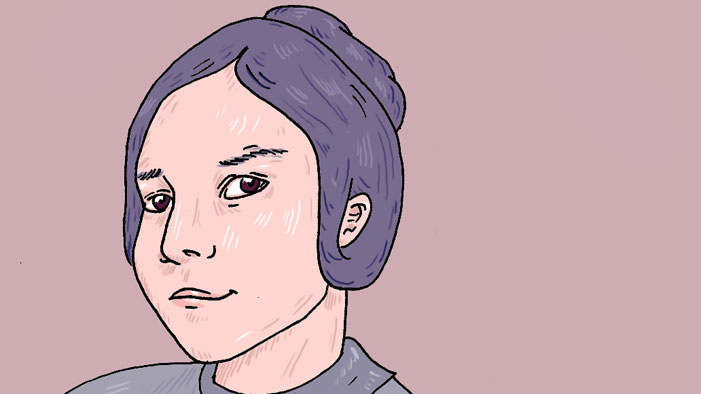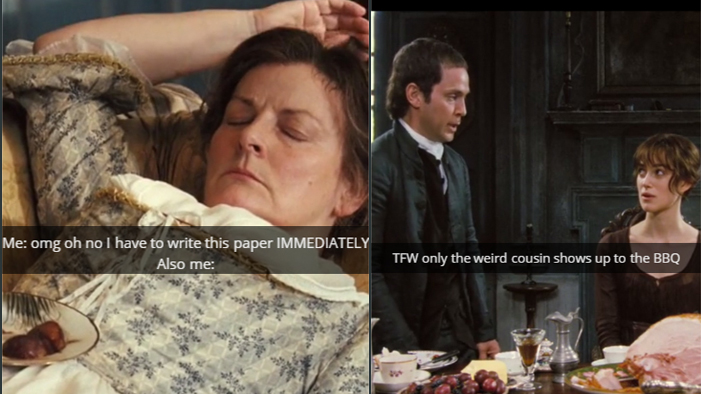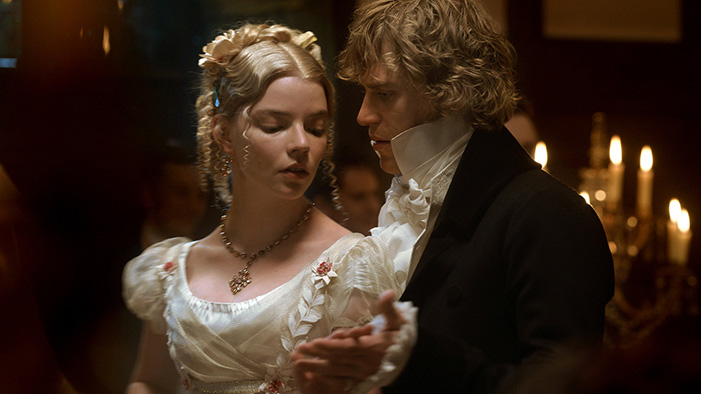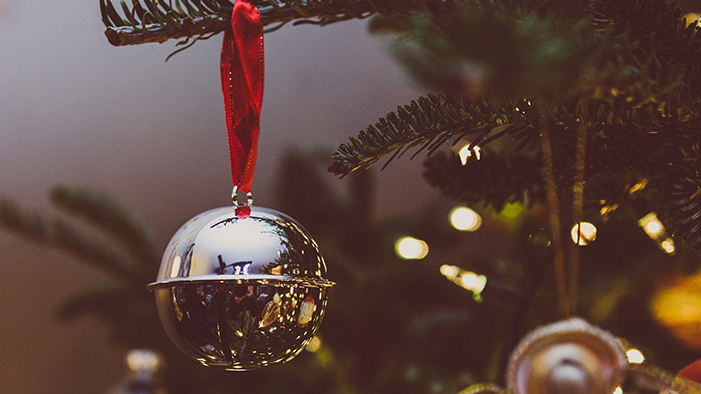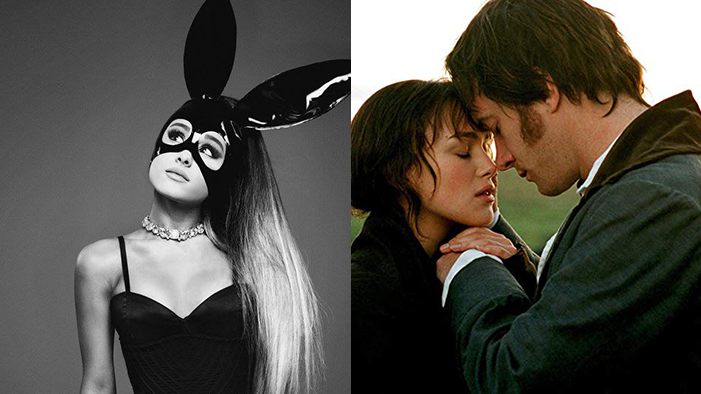The Most Distressing Garments in Jane Eyre, Ranked
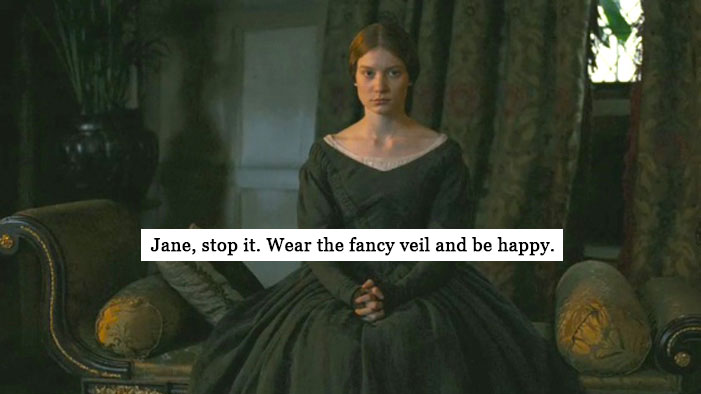 Jane Eyre is a heavy book. I don’t mean this as a criticism in any way—the whole point of Jane Eyre is that it is serious and full of important lessons. Fun is a distraction. Everyone spends a lot of time suffering, or learning, or gaining painful insights, or having exhausting revelations, or taking great pleasure in bringing about the suffering of others. Do not tell anyone in Jane Eyre to lighten up, because they do not know how.
Jane Eyre is a heavy book. I don’t mean this as a criticism in any way—the whole point of Jane Eyre is that it is serious and full of important lessons. Fun is a distraction. Everyone spends a lot of time suffering, or learning, or gaining painful insights, or having exhausting revelations, or taking great pleasure in bringing about the suffering of others. Do not tell anyone in Jane Eyre to lighten up, because they do not know how.
All this is obvious from page 1, but if anyone were in any doubt as to whether the characters in Jane Eyre were here to have fun or not, they need only look at what people are wearing. Especially Jane. “Austere” does not even begin to describe it. She accuses Mr. Rochester of trying to make her look like a harlot when he attempts to buy her something that is a color. Her idea of extravagance is to wear pale blue instead of black. “Jane, please lighten up.” “No.”
Here, then, are the most distressing outfits in Jane Eyre, ranked from bad to worse.

6. Jane’s black everything
When Jane first meets Rochester, she is wearing “a black merino cloak, a black beaver bonnet, neither of them half fine enough for a lady’s main.” Here she comes, that notorious breath of fresh air, dressed head to toe in black. The only thing to be said about her clothes here is that they are not as nice as the clothes of a lady’s maid, which are presumably about a quarter as nice as the clothes of a lady. Cool.

5. The Lowood school uniforms
These are “made high and surrounded by a narrow tucker about the throat, with little pockets of holland (shaped something like a Highlander’s purse) tied in front of their frocks, and destined to serve the purpose of a work-bag: all, too, wearing woollen stockings and country-made shoes, fastened with brass buckles.” They are also made of “brown stuff.” Just the most incredible downer of an outfit all round, really. The dresses aren’t even made of fabric, just “brown stuff.” The stockings have to be woollen. The shoes have to be country-made. The girls don’t even get to have laces on their shoes. No, they must make do with buckles. The dresses have work-bags literally sewn into them. Enough.

4. Rochester’s gipsy outfit
“A red cloak and a black bonnet: or rather, a broad-brimmed gipsy hat, tied down with a striped handkerchief under her chin.” This is not so much distressing as just incredibly weird. There is a lot to be said here about the way he assumes a different class position, and about the shifting of gender roles, but let us put that aside for the moment. Let’s focus on how bizarre this scene is, and how wildly out of keeping this behavior is with Rochester’s general demeanor. He is not a sassy man. He is a tortured and Byronic sort. He is not a great one for games or tricks, really, so then what is he doing dressing up as an old gypsy woman in order to trick Blanche Ingram into revealing how shallow she is? Isn’t there an easier way of doing this, one that doesn’t creep us all out? It feels like when an otherwise unfunny person starts quoting Austin Powers or something because they think it will be Hilarious, and I don’t like it.

3. Bertha Mason’s white dress
White dresses in this novel signal Bad Times Ahead. They are either worn by someone who is bad (Blanche Ingram, say), or they are worn at a time when something bad is about to happen (Jane’s wedding dress). Bertha Mason’s dress is the high point: “white and straight; but whether gown, sheet, or shroud, I cannot tell.” As well as being a scary parody of a wedding dress, it is a reference to the clothes that inmates in a mental asylum wear, and it is also a reference to shrouds worn by the dead. Great.

2. Jane’s wedding veil
She sees it first as a shockingly extravagant item, one designed to conceal her humble origins etc. It has embroidery on it, and cost actual money. For Jane, this means it might as well be made out of solid gold. She is appalled by it, and says that she would rather wear “a plain square of blond on her low-born head.” Jane, stop it. Wear the fancy veil and be happy. The veil is then of course torn to pieces by Rochester’s wife, which means that it comes represent madness, entrapment, shattered hope, and dashed dreams, on top of everything else.

1. THE PEARL NECKLACE
The pearl necklace. This is not a garment, exactly, but let’s categorize it as such for the purpose of this list. The pearl necklace has a lot going on. Too much, I would say. Rochester buys it for Jane before their disastrous wedding day. Let us let Jane speak here, actually, to really get the full effect: “I encountered the beads of a pearl necklace Mr. Rochester had forced me to accept a few days ago. I left that; it was not mine: it was the visionary bride’s who had melted in air.” OK. First of all, we have “forced [her] to accept.” This is not great, for two reasons: a) Rochester exerting his dominance over Jane too much, and bossing her around, and b) Jane, if you are going to submit to accepting a necklace, then please at least let it be made out of something good and expensive such as diamonds. Rochester is rich! You are already tied to this insane man for life, so you might as well get some good diamonds out of it.
So Jane leaves the necklace behind as a symbol of the Wedding that Cannot Be, and she heads off. Many bad things happen. Mr. Rochester then takes that same necklace and wears it under his sad cravat, as a reminder of happier times. Think of him sitting there, blind and having only one hand, now, wearing that tiny pearl necklace. It’s too much.

</3




